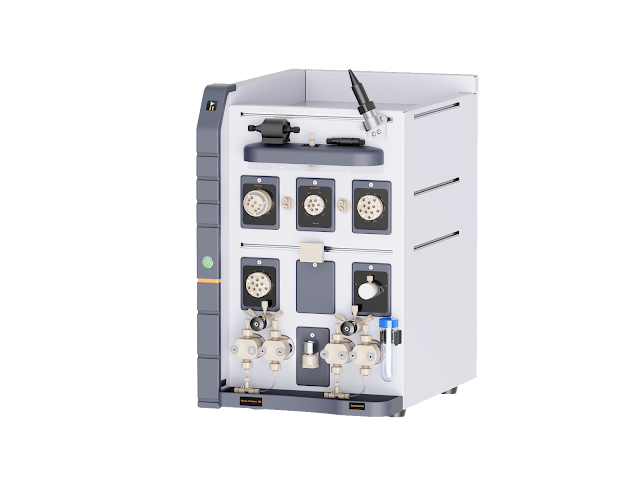FPLC Chromatography: An Advanced Technique in Separation Science
Chromatography has long been a cornerstone in the field of biochemistry and molecular biology, offering precise separation and analysis of complex mixtures. Among the various chromatographic techniques, Fast Protein Liquid Chromatography (FPLC) stands out as a highly efficient and versatile method. FPLC chromatography is specifically designed for the separation of proteins and other biomolecules, ensuring high resolution with minimal damage to the sample.

The Basics of FPLC Chromatography
FPLC operates on the same basic principles as other forms of chromatography, involving the separation of components in a mixture based on their differential affinities to a stationary phase and a mobile phase. However, what sets FPLC apart is its gentle operating conditions, which are particularly suited for sensitive biological molecules. This technique utilizes a range of column types, including ion exchange, gel filtration, and affinity, each catering to different separation needs.
Components and Functionality
The key components of an fplc chromatography include a pump, injector, columns, detectors, and a fraction collector. The pump ensures a constant and controllable flow rate of the mobile phase, while the injector introduces the sample into the flow path. Columns filled with stationary phase material are where the actual separation occurs. Detectors monitor the eluted components, often using UV absorbance as a primary method, and the fraction collector gathers the separated fractions for further analysis.
Applications of FPLC in Research
The application of FPLC chromatography extends across various domains of scientific research. It's pivotal in protein purification, including the isolation of enzymes, antibodies, and other biologically active compounds. In the pharmaceutical industry, FPLC is instrumental in the purification of therapeutic proteins and peptides. It's also crucial in academic research for studying protein-protein interactions, enzyme kinetics, and in the structural analysis of biomolecules.
Advantages Over Other Chromatographic Techniques
FPLC offers several advantages over traditional chromatographic methods like High-Performance Liquid Chromatography (HPLC). It operates under lower pressure, which is less likely to denature sensitive biological molecules. The system is also highly adaptable, with a range of columns and mobile phases to choose from, allowing for the tailor-made separation of complex biological mixtures.

FPLC Chromatography in the Current Scientific Landscape
With the advancement of biotechnology and the increasing demand for high-purity biomolecules, Fast Protein Liquid Chromatography has become an indispensable tool. It is continually being refined and integrated with other analytical techniques to enhance its capabilities. This integration allows for more comprehensive analysis and purification processes, further pushing the boundaries of biochemical research.
Conclusion and Future Perspectives
In conclusion, FPLC chromatography represents a significant leap in the field of separation science, particularly in the context of biomolecular research. As a specialized technique, it offers unmatched precision and versatility, making it an essential tool in laboratories worldwide. For more in-depth insights and the latest developments in FPLC technology, visiting industry-leading websites like inscinstech.com.cn can provide valuable information, connecting researchers with the latest trends and advancements in this field.
.jpg)
.jpg)
Comments
Post a Comment